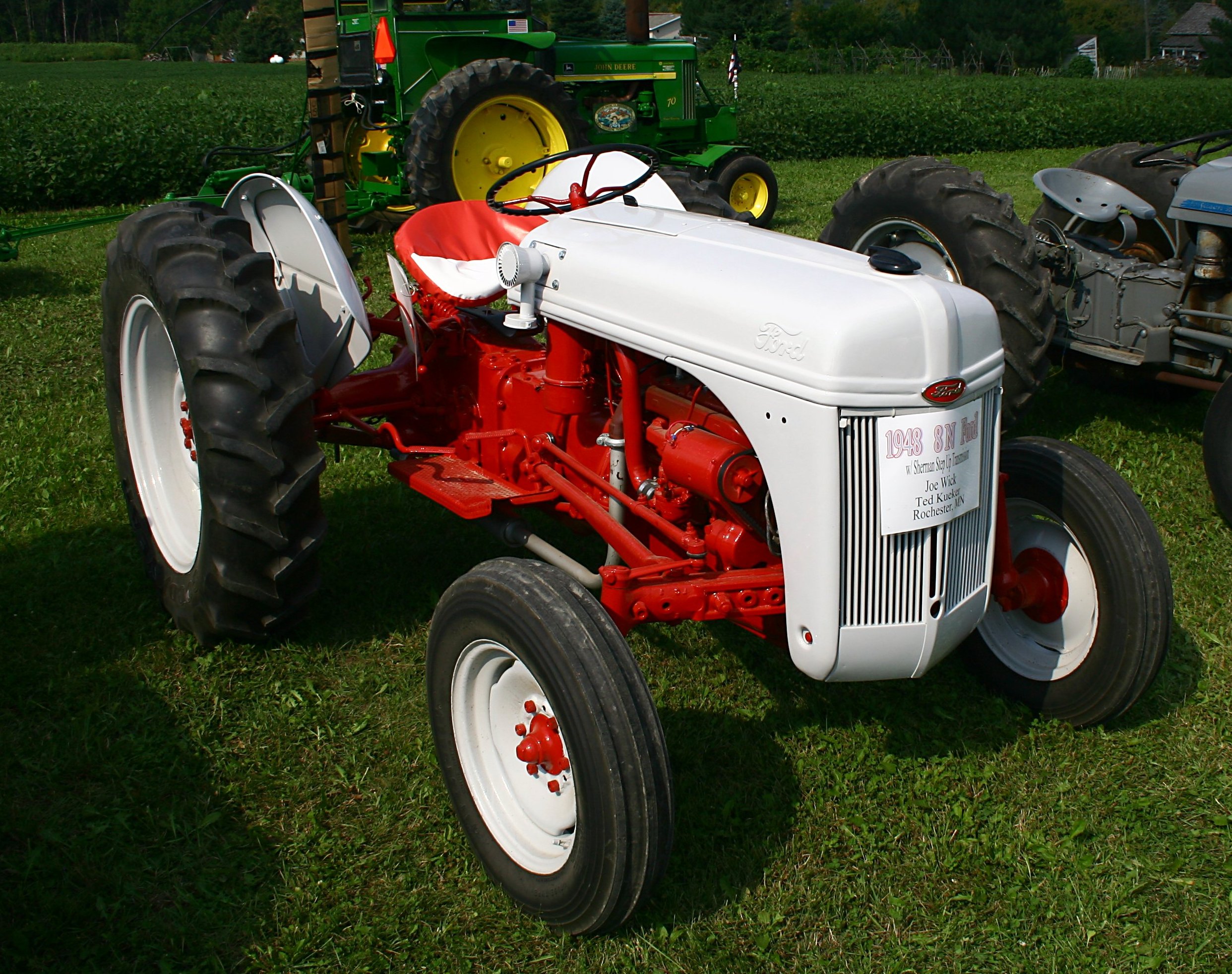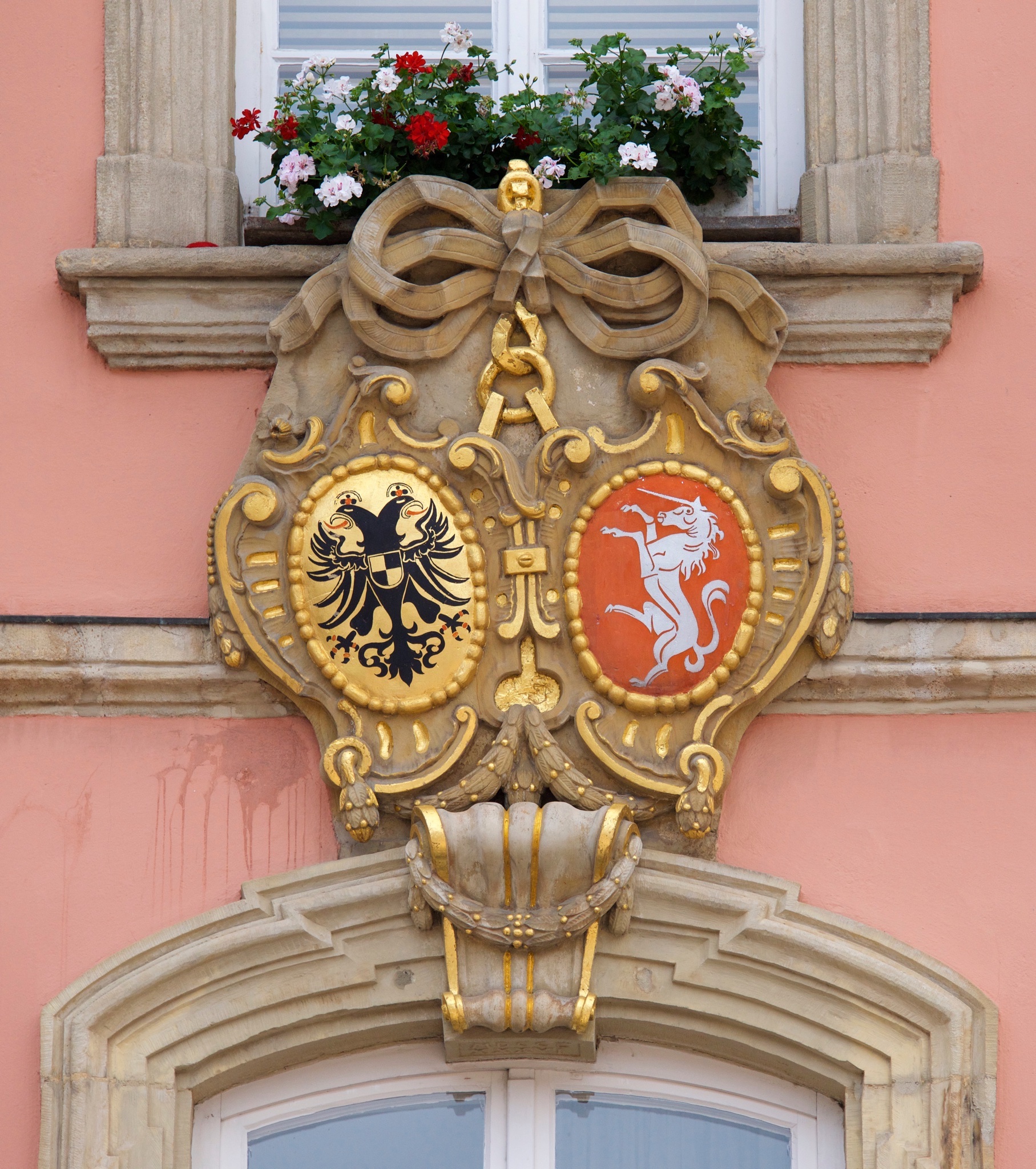|
Boehringer Unimog
The Unimog 70200 is the first series production model of the Unimog series, made by . It was manufactured in Boehringer's Göppingen plant from June 1948 to April 1951. In total, 600 units of the 70200 were made. Manufacture of the Unimog was sold to Daimler-Benz in October 1950, where it was modified for mass production. The mass-production optimised Unimog is known as Unimog 2010. The ''Unimog 70200'' name was chosen because of Boehringer's cost centre. All Unimog 70200 vehicle identification numbers begin with ''70200''. Minuscules were used to differentiate between certain models. It is said that approximately 100–120 Unimog 70200s have been preserved. History Development The Unimog 70200 was invented by German engineer Albert Friedrich, who worked as an aircraft engine designer with Daimler-Benz during World War II. After the Morgenthau Plan was published, Friedrich decided to develop an agricultural vehicle, in case post-war Germany would become an agricultural ... [...More Info...] [...Related Items...] OR: [Wikipedia] [Google] [Baidu] |
Tractor
A tractor is an engineering vehicle specifically designed to deliver a high tractive effort (or torque) at slow speeds, for the purposes of hauling a Trailer (vehicle), trailer or machinery such as that used in agriculture, mining or construction. Most commonly, the term is used to describe a farm vehicle that provides the power and traction to mechanization, mechanize agricultural tasks, especially (and originally) tillage, and now many more. List of agricultural machinery, Agricultural implements may be towed behind or mounted on the tractor, and the tractor may also provide a source of power if the implement is mechanised. Etymology The word ''tractor'' was taken from Latin, being the Agent (grammar), agent noun of ''trahere'' "to pull". The first recorded use of the word meaning "an engine or vehicle for pulling wagons or plows" occurred in 1896, from the earlier term "traction engine, traction motor" (1859). National variations In the United Kingdom, UK, Republic of ... [...More Info...] [...Related Items...] OR: [Wikipedia] [Google] [Baidu] |
Schwäbisch Gmünd
Schwäbisch Gmünd (, until 1934: Gmünd; Swabian: ''Gmẽẽd'' or ''Gmend'') is a city in the eastern part of the German state of Baden-Württemberg. With a population of around 60,000, the city is the second largest in the Ostalb district and the whole East Württemberg region after Aalen. The city is a '' Große Kreisstadt'' since 1956, i.e. a chief city under district administration; it was the administrative capital of its own rural district until the local government reorganisation on 1 January 1973. There are some institutions of higher education in the city, most notably the Pädagogische Hochschule Schwäbisch Gmünd (University of Education Schwäbisch Gmünd) and the Landesgymnasium für Hochbegabte (State Highschool for gifted children). Schwäbisch Gmünd was a self-ruling free imperial city from the 13th century until its annexation to Württemberg in 1802. Geography Schwäbisch Gmünd is situated within the northern foothills of the Swabian Jura Mount ... [...More Info...] [...Related Items...] OR: [Wikipedia] [Google] [Baidu] |
Precombustion Chamber
Indirect injection in an internal combustion engine is fuel injection where fuel is not directly injected into the combustion chamber. Gasoline engines equipped with indirect injection systems, wherein a fuel injector delivers the fuel at some point before the intake valve, have mostly fallen out of favor to direct injection. However, certain manufacturers such as Volkswagen, Toyota and Ford have developed a 'dual injection' system, combining direct injectors with port (indirect) injectors, combining the benefits of both types of fuel injection. Direct injection allows the fuel to be precisely metered into the combustion chamber under high pressure which can lead to greater power and fuel efficiency. The issue with direct injection is that it typically leads to greater amounts of particulate matter and with the fuel no longer contacting the intake valves, carbon can accumulate on the intake valves over time. Adding indirect injection keeps fuel spraying on the intake valves, red ... [...More Info...] [...Related Items...] OR: [Wikipedia] [Google] [Baidu] |
Allied Plans For German Industry After World War II
The industrial plans for Germany were designs the Allies of World War II considered imposing on Germany in the Aftermath of World War II to reduce and manage Germany's Productive capacity, industrial capacity. Background At the Potsdam conference (July–August 1945), with the US seeking to implement the Morgenthau plan, drawn up by Henry Morgenthau Jr., the United States Secretary of the Treasury, the victorious Allies of World War II, Allies decided to abolish the Wehrmacht, German armed forces as well as all munitions factories and civilian industries that could support them. This included the destruction of all ship- and aircraft-manufacturing capability. Further, the victors decided that civilian industries that might have military potential were to be restricted. The restriction of the latter was calibrated with Germany's "approved peacetime needs", which were defined based on the average European standard. In order to achieve this, each type of industry was subsequently re ... [...More Info...] [...Related Items...] OR: [Wikipedia] [Google] [Baidu] |
Mercedes-Benz OM 138
The Mercedes-Benz OM 138 is a diesel engine manufactured by Daimler-Benz. In total, 5,719 units were produced between 1935 and 1940.According to Oswald, 1,082 engines were made for the L 1100 and 2,670 were made for the L 1500. Daimler says that 1,967 diesel-powered W 138s were produced. It was the first diesel engine especially developed and made for a passenger car. The first vehicle powered by the OM 138 was the Mercedes-Benz 260 D, Mercedes-Benz W 138. The light Mercedes-Benz trucks L 1100 and L 1500 as well as the bus O 1500The O 1500 is a variant of the L 1500, however, it has its own model number. were also offered with the OM 138 as an alternative to the standard Otto cycle, Otto engine. Impact Daimler-Benz started mass production of the six-cylinder inline truck diesel engine OM 5 in 1928. Technical improvements allowed an increase in rated rotational speed, thus allowing more power with lower displac ... [...More Info...] [...Related Items...] OR: [Wikipedia] [Google] [Baidu] |
Unimog Museum
The Unimog (pronunciation in American English: ''YOU-nuh-mog''; British English: ''YOU-knee-mog''; German: , ) is a Daimler Truck line of multi-purpose, highly offroad capable AWD vehicles produced since 1948. Utilizing engine-driven power take-offs (PTO) Unimogs have operated in the roles of tractors, light trucks and lorries, for snow plowing, in agriculture, forestry, rural firefighting, in the military, even in rallying and as recreational vehicles. The frame is designed to be a flexible part of the suspension, not to carry heavy loads. Overview Conceived in 1944 in response to the Morgenthau Plan, former Daimler-Benz airplane engine engineers developed prototypes under occupation. The small universally-applicable motorised 25hp workhorse was designed to be able to fit over two rows of potatoes to work on fields like a slow agricultural tractor, but with four equal size wheels on portal axles, coil spring suspension, and many gears allowing it to run on roads like a truck ... [...More Info...] [...Related Items...] OR: [Wikipedia] [Google] [Baidu] |
University Of Hohenheim
A university () is an institution of tertiary education and research which awards academic degrees in several academic disciplines. ''University'' is derived from the Latin phrase , which roughly means "community of teachers and scholars". Universities typically offer both undergraduate and postgraduate programs. The first universities in Europe were established by Catholic monks. The University of Bologna (), Italy, which was founded in 1088, is the first university in the sense of: *being a high degree-awarding institute. *using the word (which was coined at its foundation). *having independence from the ecclesiastic schools and issuing secular as well as non-secular degrees (with teaching conducted by both clergy and non-clergy): grammar, rhetoric, logic, theology, canon law and notarial law.Hunt Janin: "The university in medieval life, 1179–1499", McFarland, 2008, , p. 55f.de Ridder-Symoens, Hilde''A History of the University in Europe: Volume 1, Universities in the M ... [...More Info...] [...Related Items...] OR: [Wikipedia] [Google] [Baidu] |
Hans Zabel
Hans may refer to: __NOTOC__ People * Hans (name), a masculine given name * Hans Raj Hans, Indian singer and politician ** Navraj Hans, Indian singer, actor, entrepreneur, cricket player and performer, son of Hans Raj Hans ** Yuvraj Hans, Punjabi actor and singer, son of Hans Raj Hans * Hans clan, a tribal clan in Punjab, Pakistan Places * Hans, Marne, a commune in France * Hans Island, administrated by Greenland and Canada Arts and entertainment * ''Hans'' (film) a 2006 Italian film directed by Louis Nero * Hans (Frozen), the main antagonist of the 2013 Disney animated film ''Frozen'' * ''Hans'' (magazine), an Indian Hindi literary monthly * ''Hans'', a comic book drawn by Grzegorz Rosiński and later by Zbigniew Kasprzak Other uses * Clever Hans, the "wonder horse" * ''The Hans India'', an English language newspaper in India * HANS device, a racing car safety device * Hans, the ISO 15924 code for Simplified Chinese characters See also *Han (other) Han may refer t ... [...More Info...] [...Related Items...] OR: [Wikipedia] [Google] [Baidu] |
Otto Cycle
An Otto cycle is an idealized thermodynamic cycle that describes the functioning of a typical spark ignition piston engine. It is the thermodynamic cycle most commonly found in automobile engines. The Otto cycle is a description of what happens to a gas as it is subjected to changes of pressure, temperature, volume, addition of heat, and removal of heat. The gas that is subjected to those changes is called the system. The system, in this case, is defined to be the fluid (gas) within the cylinder. Conversely, by describing the changes that take place within the system it also describes the system's effect on the environment. The purpose of the Otto cycle is to study the production of net work from the system that can propel a vehicle and its occupants in the environment. The Otto cycle is constructed from: :Top and bottom of the loop: a pair of quasi-parallel and isentropic processes (frictionless, adiabatic reversible). :Left and right sides of the loop: a pair of parallel i ... [...More Info...] [...Related Items...] OR: [Wikipedia] [Google] [Baidu] |
Mercedes-Benz M136 Engine
The Mercedes Benz M136 engine was a gasoline powered inline-four engine introduced by Mercedes-Benz Mercedes-Benz (), commonly referred to simply as Mercedes and occasionally as Benz, is a German automotive brand that was founded in 1926. Mercedes-Benz AG (a subsidiary of the Mercedes-Benz Group, established in 2019) is based in Stuttgart, ... in 1935 for its new W136 sedan. It was initially used in the W136 170 V. It was enlarged to in 1950 and installed in the W191 170 S variants, and remained in production until 1955, when it was replaced by the 1.9-litre single overhead camshaft inline-4 M121. See also * Mercedes-Benz M121 engine * List of Mercedes-Benz engines References {{DEFAULTSORT:Mercedes-Benz M180 Engine M136 ... [...More Info...] [...Related Items...] OR: [Wikipedia] [Google] [Baidu] |
Reduction Gear
A gear train or gear set is a machine element of a mechanical system formed by mounting two or more gears on a frame such that the teeth of the gears engage. Gear teeth are designed to ensure the pitch circles of engaging gears roll on each other without slipping, providing a smooth transmission of rotation from one gear to the next. Features of gears and gear trains include: * The gear ratio of the pitch circles of mating gears defines the speed ratio and the mechanical advantage of the gear set. * A planetary gear train provides high gear reduction in a compact package. * It is possible to design gear teeth for gears that are non-circular, yet still transmit torque smoothly. * The speed ratios of chain and belt drives are computed in the same way as gear ratios. See bicycle gearing. The transmission of rotation between contacting toothed wheels can be traced back to the Antikythera mechanism of Greece and the south-pointing chariot of China. Illustrations by the Renaissanc ... [...More Info...] [...Related Items...] OR: [Wikipedia] [Google] [Baidu] |






